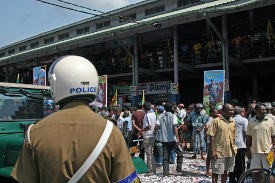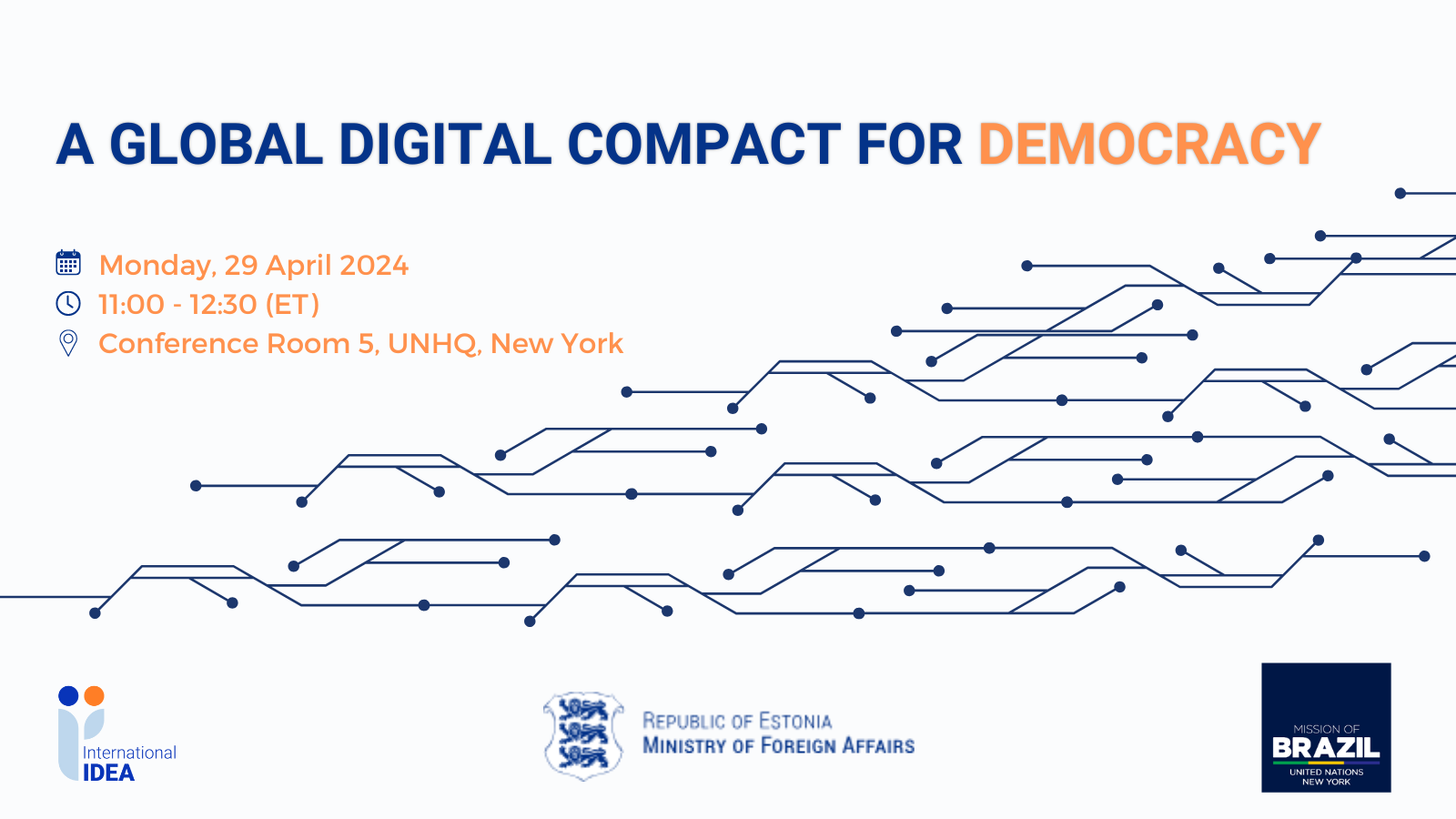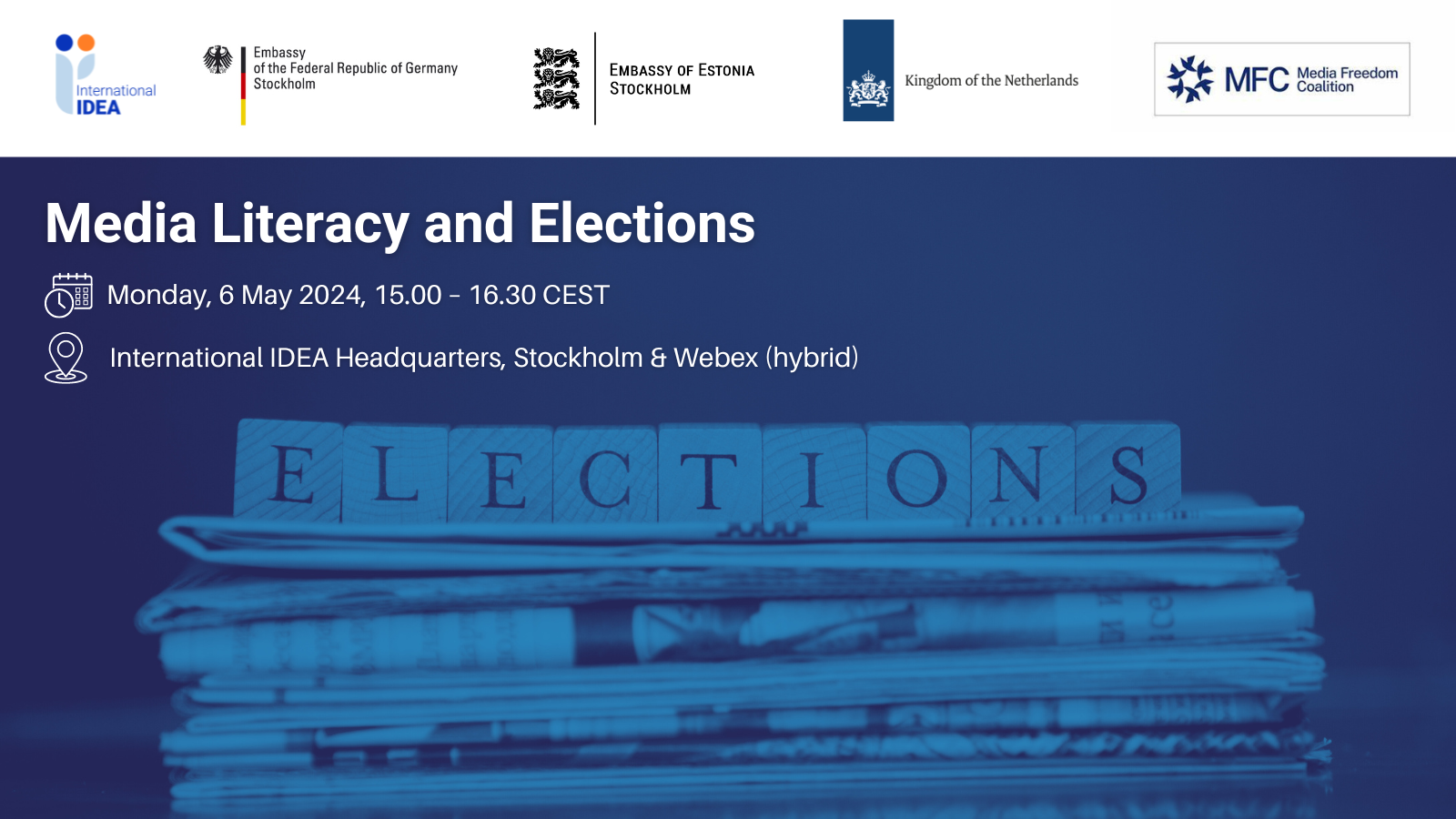This is the 2nd article in a series, where International IDEA illustrates how the Electoral Risk Management Tool is piloted and tested, by four separate organizations, in four different parts of the world.
Election related violence is widespread and affects all regions of the globe. The magnitude and type of violence varies greatly, as do the physical, economic and psychological repercussions. Nonetheless, election related violence always damages credibility and faith in the democratic process and institutions.
In Asia alone, election related violence has been recorded in Timor-Leste (2007), Bangladesh (2008), Mongolia (2008), Malaysia (2008), Nepal (2008) Iran (2009), Philippines (2010) and the Maldives (2011), to name a few.

International IDEA’s Electoral Risk Management Tool is designed to empower electoral management bodies (EMBs) and other state agencies to prevent and mitigate election related violence. It is also intended to increase the capacity of civil society organizations, academia and international organizations to understand, prevent and mitigate election related violence. The Tool will be made available as a global public good in late 2013.
The Sri Lankan example
Election related violence is not a new phenomenon to Sri Lanka. It has caused death, suffering and economic hardship to families and communities alike. Key factors include a daunting polarized political landscape, high stakes and a continued belief that the only response to violence is further violence. During the last presidential election in 2010 there were numerous violent attacks against candidates, campaigners and political activists. Supporters from the camps of two main candidates were blamed for igniting the violence. The perpetrators included criminal gangs and army deserters who were commissioned to threaten, coerce and even murder politicians and voters alike.
During the 2010 Presidential elections, the Centre of Monitoring Electoral Violence1 (CMEV), a local human rights organization fielded several hundred electoral observers across the country. One of their main tasks was to record incidents of electoral related violence. The organization started their monitoring work way before the elections, kept it up during, and continued after. They then disseminated their findings on a regular basis through online portals, such as blogs and Google maps.
As an organization renowned for the quality of its work in the field of monitoring election related violence (and accredited by the Sri Lankan Election Commission), CMEV was an ideal candidate to test the quality of the Tool. The test was conducted by using the data from the 2010 Presidential elections. Over a three month period CMEV evaluated the Tool’s quality and usability for analyzing risks and trends in a Sri Lankan electoral context.

Photo ©: Flickr/ Hafiz Issadeen
How does the tool work?
The International IDEA's Electoral Risk Management Tool is integrated into a software application that includes three interactive modules: knowledge resources, analytical instruments and prevention and mitigation strategies. These can be used in combination or as standalone resources. Each module is flexible enough to allow users to focus on what is relevant in a given country and a particular electoral context.
CMEV coordinator, D.M Dissanayake, states that this was the first experience, using a complete tool for analyzing election related data collected through its monitoring activities. Since 2004, CMEV has used a range of means to apply its existing methodology including MS Access for tabulation, MS Excel for generating analysis, wordpress for dissemination and Google maps for mapping incidents of violence.
“International IDEA’s Electoral Risk Management Tool is both a combination of some of those tools and software, and a checklist for election observer organizations and management bodies to organize their missions without missing any major component of the election”, Dissanayake said.
The first thing CMEV wanted to do was to give priority to customizing the tool within the Sri Lankan electoral framework and to make a comparative analysis between the International IDEA tool and CMEV existing methodology and tools.
“Our methodology focuses on incidents of violence such as number of people killed, wounded, kidnapped or the destruction of election property etc… and is quite quantitative. For example during the last presidential elections we recorded 860 verified incidents of election related violence. 386 were considered major. The International IDEA Tool expanded our horizons as its knowledge resource component provided a very good background to the causes of conflict by listing internal and external factors that can trigger or contribute to election related violence rather than only the consequences of violence”, Dissanayake said.
This qualitative approach prompted a desk study and opened up several discussions between CMEV researchers and the Sri Lankan Election Commission, political parties and other stakeholders, on the importance of evaluating internal factors such as ‘poor or no training for election officials’, ‘problematic registration of political parties and independent candidates’ and ‘misuse of state resources for electioneering’. In the end, CMEV uploaded preexisting or new data that allowed them to analyze 39 factors that were both quantitative and qualitative and Sri Lankan specific.
“The International IDEA Tool would help to build uniformity in election risk analysis while respecting specialties of each electoral system. It enables users to develop and customize their own models”, Dissanayake added.
Since receiving the CMEV evaluation report, International IDEA has been able to further improve on the Tool’s quality and usability.
“The Sri Lankan experience has provided invaluable information on user perceptions and challenges”, said International IDEA’s Sead Alihodizc, who is administrating the IDEA project.
The CMEV has indicated that it will use the Tool again, in November 2012 to cover the Sri Lankan provincial elections. Following the launch of the Tool, CMEV will be in a position to share their experiences with new users in the region.
1. CMEV is made up of Centre for Policy Alternatives (CPA), Free Media Movement (FMM) and INFORM Human Rights Documentation Centre. The CMEV secretariat is currently housed within the CPA.


